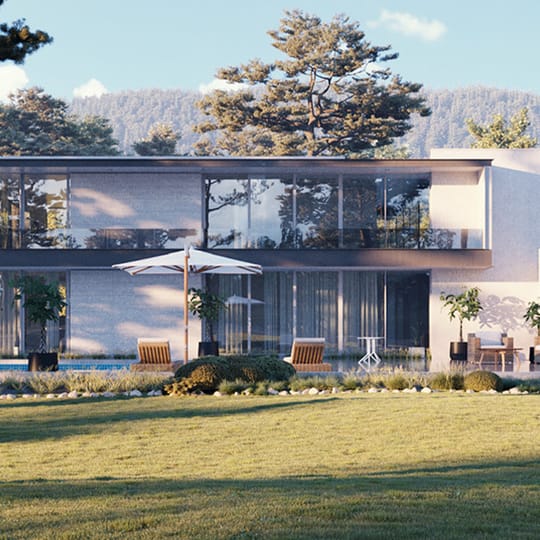Architectural visualization has become an indispensable tool in the field of pre-construction planning. With advancements in technology, architects and engineers can now create detailed and realistic visual representations of their designs, enabling them to effectively communicate their ideas to clients, stakeholders, and construction teams. This article will explore the various benefits of architectural visualization in pre-construction planning.
1. Improved Communication and Collaboration
One of the key benefits of architectural visualization ( also known as ‘arkitektonisk visualisering’ in the Danish Language) is improved communication and collaboration between architects, clients, and other stakeholders. Traditionally, architects relied on 2D drawings and blueprints to convey their design concepts.

Image Source: Google
2. Cost and Time Savings
Another significant benefit of architectural visualization is the potential for cost and time savings. Through the use of virtual reality (VR) and augmented reality (AR) technologies, architects can simulate and evaluate various design options before construction begins.
3. Enhanced Decision-Making
Architectural visualization empowers clients and stakeholders to make more informed decisions throughout the pre-construction planning process. By experiencing the design in a virtual environment, they can better visualize the end result and assess its suitability for their needs and preferences.
4. Marketing and Sales Advantage
Architectural visualization also offers a significant marketing and sales advantage. By creating compelling and realistic visualizations, architects can effectively showcase their designs to potential clients and investors.
5. Improved Safety and Risk Management
Architectural visualization can play a crucial role in improving safety and risk management in the construction industry. By simulating the construction process and identifying potential hazards or conflicts, architects can design safer buildings and reduce the risk of accidents during construction.